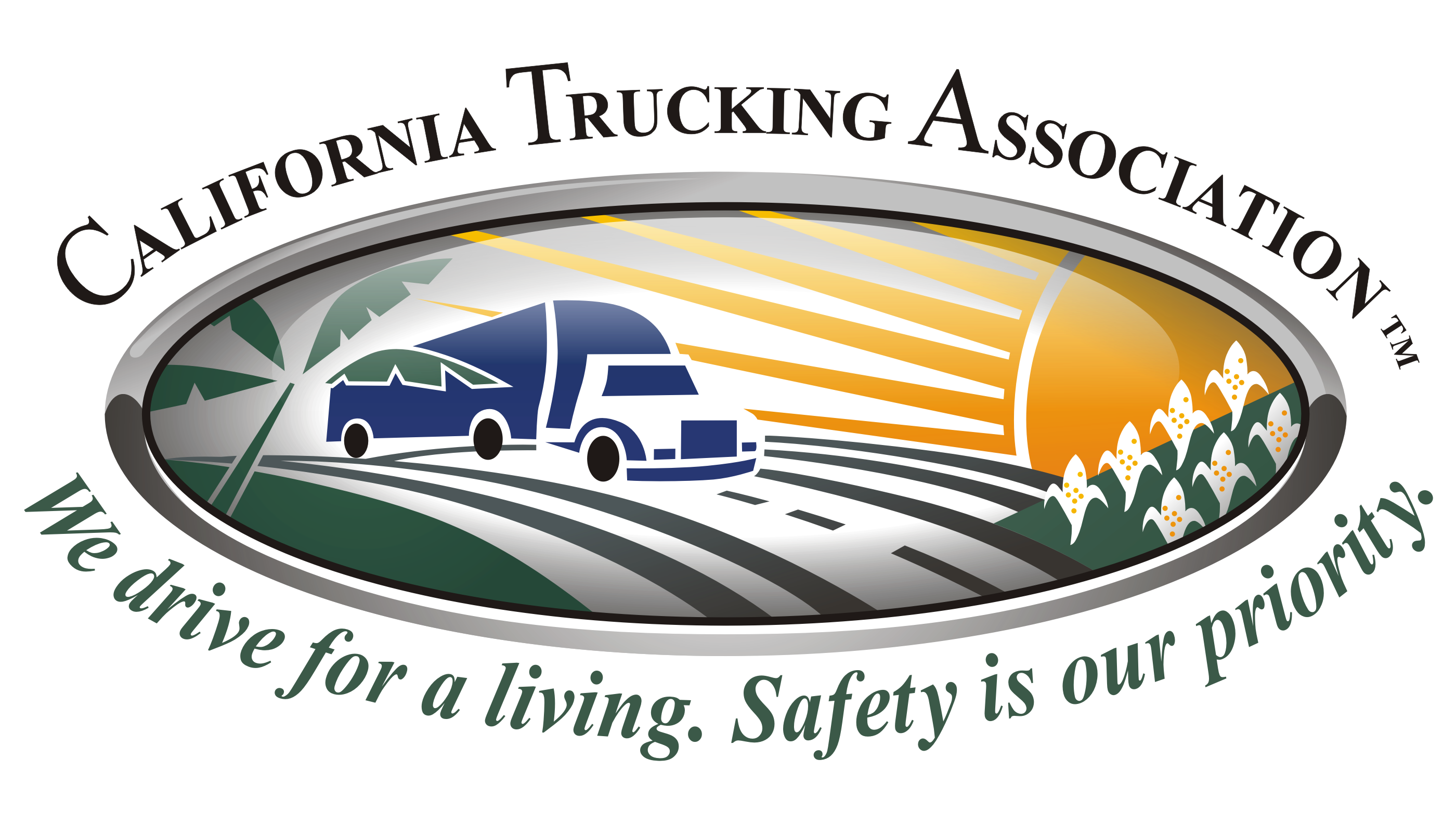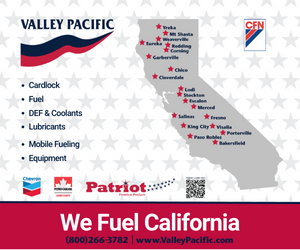Begin a Career as a Driver
Q: What are the types of driving jobs that are available?
A: Most individual long haul drivers average from 100,000 miles to 110,000 miles a year, with an average daily run of about 500 miles a day. Regional and city drivers average about 48,000 miles behind the wheel annually.
U.S. professional truck drivers are both men and women, vary in age, race and educational background, and live all over the United States. There are different types of truck drivers, including:
Over the Road / Long-Haul Drivers operate heavy trucks and drive for long periods of time, either interstate (between states) or intrastate (within one state). Some long-haul drivers travel a few hundred miles and return the same day; others are away from home overnight, or for several days or weeks at a time. Some drivers work in teams, including husband and wife teams.
Pick-up and Delivery (P&D) / Local Drivers operate light, medium or heavy trucks and work in route sales or pick-up-and-delivery operations. These drivers have more contact with customers than over the road drivers and usually make more stops each day. Those P&D drivers often need sales skills in addition to driving skills.
Specialized Trucking involves specialized trucks that handle unusual, oversized or sensitive loads. Drivers cover local and long-distance routes, and need extra training to operate their equipment. Examples of specialized trucking include auto carriers, dry bulk carriers, (permitted) oversized and overweight loads, or double and triple trailers. Other permits may be needed.
Hazardous Materials Drivers need additional training. Drivers need to know about the content of the loads they are hauling, how to handle the loads safely and what to do in an emergency. Drivers who transport hazardous materials must also take a special test when applying for the CDL that certifies them as a hazardous materials driver. Examples of hazardous materials drivers include tank truck, over the road or P&D drivers carrying hazardous materials. Other permits may be needed.
An Owner-Operator or Independent Driver owns his or her equipment, anything from a straight truck to a flat-bed tractor-trailer, and hauls freight on a contractual basis. Husband-and-wife owner-operator teams are very common, especially in the household goods moving industry. It is possible to make a good living as an owner-operator, but like many businesses, the competition is tight and there are many overhead expenses involved – equipment purchases, maintenance, fuel and insurance, to name just a few. Most owner-operators begin their careers as salaried drivers with a motor carrier before starting their own business
Q: What are the basic requirements to become a driver?
A: AGE: While many states allow those 18 and older to drive trucks within state borders, federal regulations require drivers operating across state lines to be at least 21 years of age. (Please note that most interstate fleets do require over-the-road drivers to be at least 25 years of age.)
LICENSE: Every truck driver must have a valid Commercial Driver’s License (CDL) issued by his/her state of domicile. A commercial driver can hold a license from only one state. Specific endorsements (i.e.: hazardous materials, tank, double or triple trailer) may be required depending upon the company’s needs and the type of equipment you will be operating. Go to www.fmcsa.dot.gov for information.
PHYSICAL CONDITION: The U.S. Department of Transportation requires a driver to have a complete physical examination every two years. A driver must not have suffered any loss of a limb, nor have any physical defect or disease likely to interfere with safe driving, or has been granted a skill performance evaluation certificate. A driver must not have a medical history or clinical diagnosis of diabetes that requires insulin for control.
VISION: A driver must have a minimum of 20/40 vision in each eye, with or without corrective lenses, and have a 70 degree field of vision in each eye. Drivers may not be color blind.
HEARING: A driver must be capable of perceiving a forced whisper in the better ear at not less than five feet, with or without the use of a hearing aid.
EDUCATION: All drivers must be able to read and speak English well enough to understand traffic signs, prepare required reports, and speak with law enforcement authorities and the public. (Note: Some companies may have additional educational requirements.)
SAFETY: The U.S. Department of Transportation sets safety rules for interstate truck drivers (vehicle inspections, hours of service, etc.), and drivers must learn these rules and comply with them. Most states have adopted similar rules for intrastate drivers.
SUBSTANCE ABUSE: Strict regulations forbid the use of alcohol or drugs prior to or while operating commercial vehicles. Drivers are subject to drug and alcohol testing by their employers and by law enforcement officials under four different circumstances: pre-employment, post-accident, reasonable suspicion and random testing. A driver’s blood alcohol content (BAC) must be no greater than 0.04 percent. Additionally, a driver must have no current clinical diagnosis of alcoholism, and must not use any illegal drugs.
CRIMINAL / DRIVING RECORD: A driver must not have been convicted of a felony involving the use of a motor vehicle; a crime involving drugs; driving under the influence of drugs or alcohol; or, hit-and run driving which resulted in injury or death.
Q: How do I get hired or advance?
A: Most trucking companies will want drivers with commercial driving experience, most likely anywhere from two to five years of safe driving experience. However, some companies operate their own driver training schools and readily employ its graduates as new truck drivers. As a new trucking company driver you will also be provided on-the-job, advanced training to help you feel comfortable with the company’s equipment and operations before venturing out on the open road.
Drivers who succeed are usually those who have excellent driving records, participate in company and industry safety meetings and receive advanced training. Truck drivers can, and often do, advance to jobs in sales, safety or operations within their company. Other drivers become driver trainers or advance to handle specialized equipment.
Q: How do I choose a truck driving training school?
A: A good way to get started on a career in driving is by enrolling in a truck driver training program. Driver training schools can be found in most parts of the country, often in community colleges, vocational-technical schools, and through private, proprietary schools. Many trucking companies also operate their own training facilities.
Choosing a good driver training school takes careful research and a lot of comparison shopping. To find the program that is right for you, visit as many schools either in person or on-line as you can and consider the following guidelines:
The school should have adequate facilities for in-class instruction, comparable to the average public school classroom. Classroom instruction should include lectures and training videos, and should adequately prepare you to pass the Commercial Drivers License (CDL) exam. Consider the teacher-student ratio and what courses are offered. Be sure their class curriculum is outlined in detail. Contact your state division of motor vehicles for a copy of the CDL study manual.
The school should provide a variety of well-maintained trucks, tractors and semi-trailers to train you for local, long-haul and city pick-up-and-delivery driving. The school should have an off-street area for initial, behind-the-wheel instruction in vehicle handling and maneuvering.
Instructors should have a solid background in truck driver training, combining education and actual driving experience.
Be wary of schools that claim to be endorsed by the federal government, trucking associations, specific truck fleets, or that claim to train you in less than two weeks. Contact organizations to which such endorsement is noted and verify the claims.
Check with the local board of education or business licensing agency to see which certificates or licenses the school is required to have. Then, check to see that the licenses are displayed and are valid. (Telephone numbers for these agencies usually can be found in the state and local government section of the telephone directory or on the web.)
One of the best ways to verify the reputation of a training school is to ask local trucking companies if they hire graduates from that school. Talk with recent graduates about the content and quality of training received, and ask if they have been successful in finding a truck driving job. Ask the training school how many student graduates receive their CDL.
Once you have decided on the program that is right for you, pay close attention to the following details before signing the contract:
Read and understand the contract, and know exactly what your obligations are. Verify the tuition and other costs and terms governing refund or forfeiture of the down payment, should you fail to complete the program. If necessary, make arrangements (and be sure you clearly understand the terms) for financing the remainder of the tuition.
If the school is far from your home, check into the availability of room and board at the school. Be sure to investigate adequacy and costs of those facilities. If you have dependents, be sure you have made arrangements to support them while you complete training.
Research the availability of truck driving jobs where you live and realize that you may need to relocate in order to find a driving job.
Reference entry: American Trucking Association. (n.d.). Retrieved from http://www.trucking.org/Get_Trucking.aspx
Frequently Asked Questions
It can be challenging to know how to get started if you are interested in beginning a career as a driver. To help you navigate the process, we have shared information below to answer the most frequently asked questions related to becoming a driver. Information is provided by American Trucking Association's career brochure titled The Road Is Calling. To see the full brochure, you can click here.











